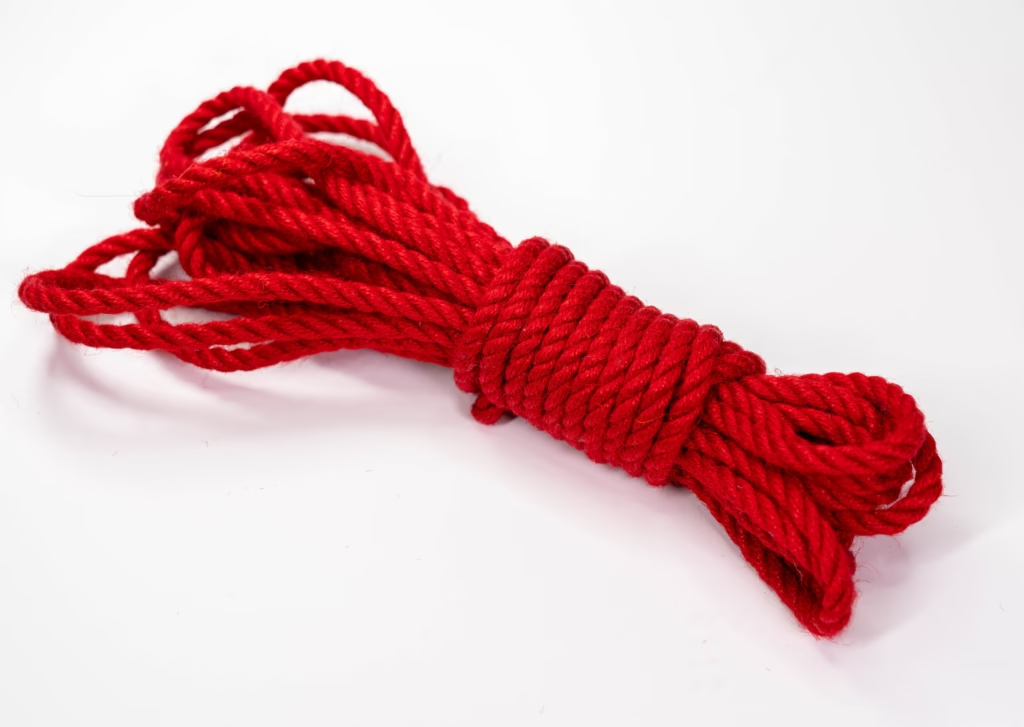Award-Winning Shibari Rope: Why WickedlyWoven.com is the Gold Standard for Rope Practitioners – wickedlywoven.com
When it comes to rope bondage, nothing compares to the feeling of high-quality, expertly crafted rope in your hands. That’s why WickedlyWoven.com has become a leading name in the Shibari community—not just in Canada, but globally. Their commitment to craftsmanship, sustainability, and safety has earned them the ultimate recognition: award-winning status among rope artists and kink professionals alike.
If you’re looking for the best rope for your practice, here’s why Wickedly Woven is the name to trust.
Recognized by the Rope Community
Wickedly Woven’s ropes have received accolades from both local and international kink communities, including praise at Shibari workshops, rope conferences, and fetish expos. Praised for their balance of beauty and performance, these ropes are favored by instructors, professional riggers, and performance artists who demand nothing but the best.
What Makes Wickedly Woven Ropes Award-Worthy?
1. Superior Craftsmanship
Every rope is handcrafted in Canada using time-honored techniques. From raw fiber to finished product, the process involves careful selection, conditioning, dyeing, and finishing to meet the unique requirements of rope bondage. This attention to detail ensures every length of rope is smooth, strong, and stunning.
2. Performance-Tested by Professionals
Wickedly Woven ropes are not just beautiful—they’re rigorously tested in live scenes, suspensions, and high-stress applications. Designed to meet the real-world needs of riggers and bottoms, their ropes strike the perfect balance of flexibility, grip, and reliability.
3. Eco-Conscious & Ethical
One of the standout reasons Wickedly Woven continues to win hearts (and awards) is its commitment to sustainability. Their jute and hemp ropes are made from natural, biodegradable fibers and dyed with non-toxic, eco-conscious processes. You get elegance and performance—without the environmental guilt.
4. Stunning Colors & Custom Finishes
From earthy naturals to deep jewel tones, Wickedly Woven offers an unmatched range of vibrant colors and finishes. Whether you’re performing on stage or tying at home, these ropes not only feel great but also look incredible under lights or on camera.
Why the Awards Matter
Winning awards in the rope and kink community isn’t about flashy marketing—it’s about earning trust through consistent quality and real-world reliability. It means the ropes have been endorsed by experts, used in high-level performance, and held up in the most demanding scenes.
When you buy rope from WickedlyWoven.com, you’re not just purchasing a product. You’re investing in gear that’s been proven, praised, and celebrated by the very people who use it professionally.
Try the Rope Everyone’s Talking About
Whether you’re just starting your rope journey or you’re a seasoned professional, Wickedly Woven offers rope that meets you where you are—and elevates your practice. Discover why so many are making the switch to award-winning, Canadian-crafted rope.
Visit WickedlyWoven.com and see for yourself why their rope is trusted, treasured, and tied with pride.
- Award-winning Shibari rope
- Best Shibari rope Canada
- Wickedly Woven rope
- Premium bondage rope
- Shibari rope for professionals
- Handmade jute rope
- Canadian rope brand
- Rope bondage gear
- Ethical rope maker
- Eco-friendly kink gear
- Shibari rope awards
- Performance-grade rope
- Suspension-rated rope
- Custom dyed Shibari rope
- Top-rated rope bondage supplies
